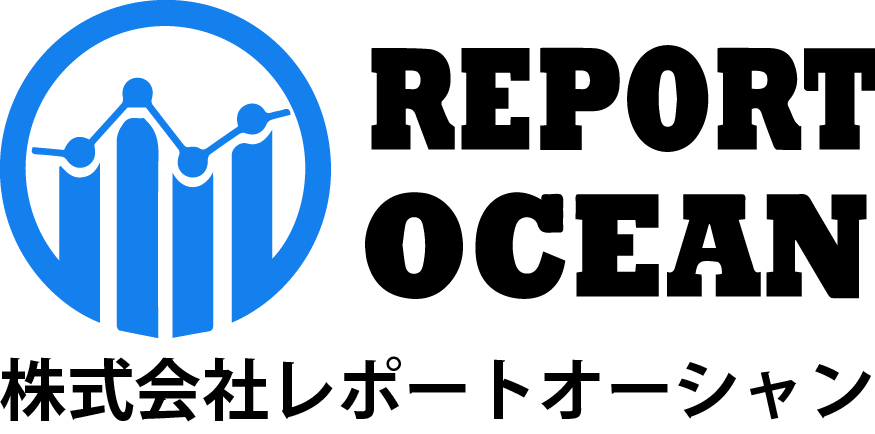日本水及び廃水処理市場規模、シェア、競争環境、動向分析レポート:化学タイプ別(腐食抑制剤、凝固剤及び凝集剤、消泡剤、有機ポリマー、汚泥コンディショナー、殺生物剤及び生物分散剤、PHコントロール、 その他), 水処理プロセス別 (下水処理プロセス, 排水処理プロセス, 活性汚泥プロセス, その他), エンドユーザー別 (発電, 石油及びガス, 化学プラント, 鉱業, 自治体, 食品及び飲料, パルプ及び製紙, 繊維, その他): 2024 年から 2032 年までの機会分析と業界予測
レポートID : ROJP0524101 |
最終更新 : 2024年05月 |
フォーマット : ![]() :
: ![]() :
: ![]()
Table of Contents
1. Research Methodology
2. Project Scope & Definitions
3. Impact of COVID-19
4. Impact of Russia-Ukraine War
5. Executive Summary
6. Voice of Customer
6.1. Market Awareness and Product Information
6.2. Brand Awareness and Loyalty
6.3. Factors Considered in Purchase Decision
6.3.1.Brand Name
6.3.2.Quality
6.3.3.Quantity
6.3.4.Price
6.3.5.Product Specification
6.3.6.Application Specification
6.3.7.VOC/Toxicity Content
6.3.8.Availability of Product
6.4. Frequency of Purchase
6.5. Medium of Purchase
7. Japan Water and Wastewater Treatment Market Outlook, FY2017-FY2031F
7.1. Market Size & Forecast
7.1.1.By Value
7.1.2.By Volume
7.2. By Chemical Type
7.2.1.Corrosion Inhibitor
7.2.2.Coagulants
7.2.3.Flocculants
7.2.4.Defoamers
7.2.5.Organic Polymers
7.2.6.Sludge Conditioners
7.2.7.Biocides & Bio-Dispersants
7.2.8.PH Control
7.2.9.Others
7.3. By Water Treatment Process
7.3.1.Sewage Treatment Process
7.3.1.1. Primary Treatment
7.3.1.2. Secondary Treatment
7.3.1.3. Tertiary Treatment
7.3.2.Effluent Treatment Process
7.3.2.1. Primary Treatment
7.3.2.2. Secondary Treatment
7.3.2.3. Tertiary Treatment
7.3.3.Activated Sludge Process
7.3.4.Other
7.4. By End-use Industry
7.4.1.Power Generation
7.4.1.1. Thermal
7.4.1.2. Nuclear
7.4.1.3. Others
7.4.2.Oil & Gas
7.4.2.1. Offshore
7.4.2.2. Onshore
7.4.3.Chemical Plants
7.4.4.Mining
7.4.5.Municipal
7.4.6.Food & Beverage
7.4.7.Pulp & Paper
7.4.8.Textile
7.4.9.Others
7.5. By Region
7.5.1.North
7.5.2.Central
7.5.3.South
8. Supply Side Analysis
8.1. Capacity, By Company
8.2. Production, By Company
8.3. Operating Efficiency, By Company
8.4. Key Plant Locations (Up to 25)
9. Market Mapping, FY2023
9.1. By Chemical Type
9.2. By Water Treatment Process
9.3. By End-use Industry
9.4. By Region
10. Macro Environment and Industry Structure
10.1. Supply Demand Analysis
10.2. Import Export Analysis – Volume and Value
10.3. Supply/Value Chain Analysis
10.4. PESTEL Analysis
10.4.1. Political Factors
10.4.2. Economic System
10.4.3. Social Implications
10.4.4. Technological Advancements
10.4.5. Environmental Impacts
10.4.6. Legal Compliances and Regulatory Policies (Statutory Bodies Included)
10.5. Porter’s Five Forces Analysis
10.5.1. Supplier Power
10.5.2. Buyer Power
10.5.3. Substitution Threat
10.5.4. Threat from New Entrant
10.5.5. Competitive Rivalry
11. Market Dynamics
11.1. Growth Drivers
11.2. Growth Inhibitors (Challenges, Restraints)
12. Key Players Landscape
12.1. Competition Matrix of Top Five Market Leaders
12.2. Market Revenue Analysis of Top Five Market Leaders (in %, FY2023)
12.3. Mergers and Acquisitions/Joint Ventures (If Applicable)
12.4. SWOT Analysis (For Five Market Players)
12.5. Patent Analysis (If Applicable)
13. Pricing Analysis
14. Case Studies
15. Key Players Outlook
15.1. Kurita Water Industries Ltd.
15.1.1. Company Details
15.1.2. Key Management Personnel
15.1.3. Products & Services
15.1.4. Financials (As reported)
15.1.5. Key Market Focus & Geographical Presence
15.1.6. Recent Developments
15.2. ASAHI CHEMICAL & INDUSTRIAL CO., LTD
15.3. Nippon Light Metal Co., Ltd
15.4. Tohkemy Corporation.
15.5. San Nopco Limited
15.6. BASF SE
15.7. Dow
15.8. Solvay
15.9. Ecolab
15.10. Solenis
*Companies mentioned above DO NOT hold any order as per market share and can be changed as per information available during research work.
16. Strategic Recommendations
17. About Us & Disclaimer
無料サンプルを入手する ![]()
この無料サンプルには、トレンド分析から推定・予測まで、さまざまなデータが含まれています。
最新レポート
お問い合わせ
-
- JAPAN : 03-6899-2648
-
- EMAIL : [email protected]







